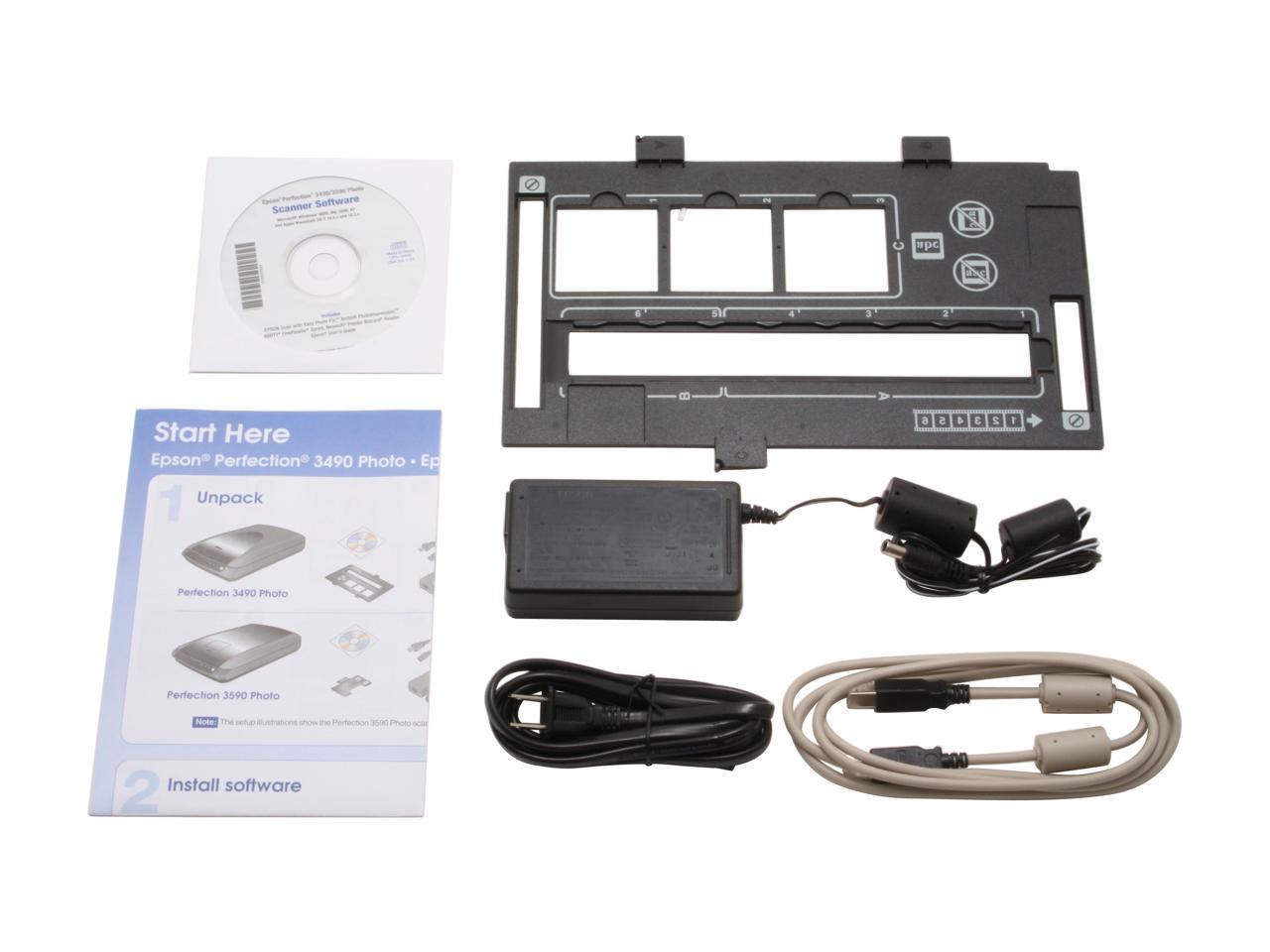

Now you're ready to load up the supplied film holders. To scan film, remove the white cushioning bit from the top of the scanner bed and set it aside. The V600 can scan normal documents as well as negatives. Film negatives are a lot like Raw files how you process them can make a big difference to how they end up looking (particularly in the case of color negative and black and white films). There are, of course, many different approaches to getting a desirable image from scanning film the opinions in this article are just based off of my experiences. Everything can be done right, but it just takes time to piece together each element and make sure you're processing things in a way that works for you. Second, I've been scanning my own film for several years using all sorts of various film scanners, and let me tell you there is a steep learning curve. First, while the Epson V600 can be used for a variety of scanning applications, I'll only be talking about using it to scan film. Outside of the film holders, this is a really straightforward out-of-the-box experience.īefore I get too deep into breaking down what using this scanner is like I want to give some context. In the box you get the scanner, two plastic film holder inserts, a power cable, a data cable and an Epson software CD. The Epson V600 retails for $229.99, although there were several deals around the web for under $200 at the time of writing this article. Max film scan resolution: 6400 x 9600 dpi.Others, meanwhile, are actually pretty good and affordable. There are a lot of options when it comes to digitizing film yourself (including simply using a digital camera), but some of these methods require complex setups, some have huge equipment costs, and some just aren't very good. But, just like developing at a lab, having a lab scan your film costs money, which is why many people like the idea of scanning negatives themselves. Many photo labs offer scanning as part of their services, often using large scanners able to process a full roll of 35mm film in a few minutes. Film continues to be a popular medium among photographers today, and whether you're an active or former analog user, the easiest way to share your treasured moments is by digitizing your film through scanning.


 0 kommentar(er)
0 kommentar(er)
